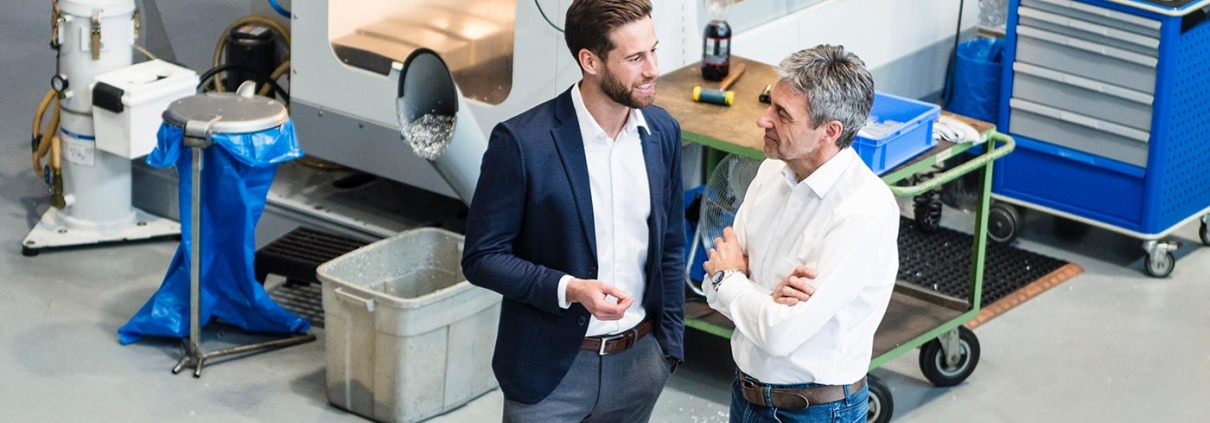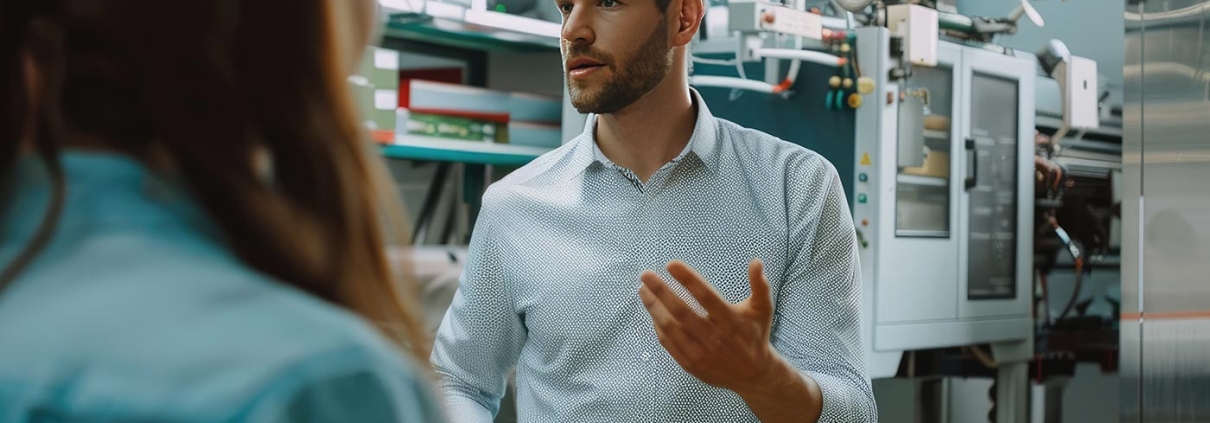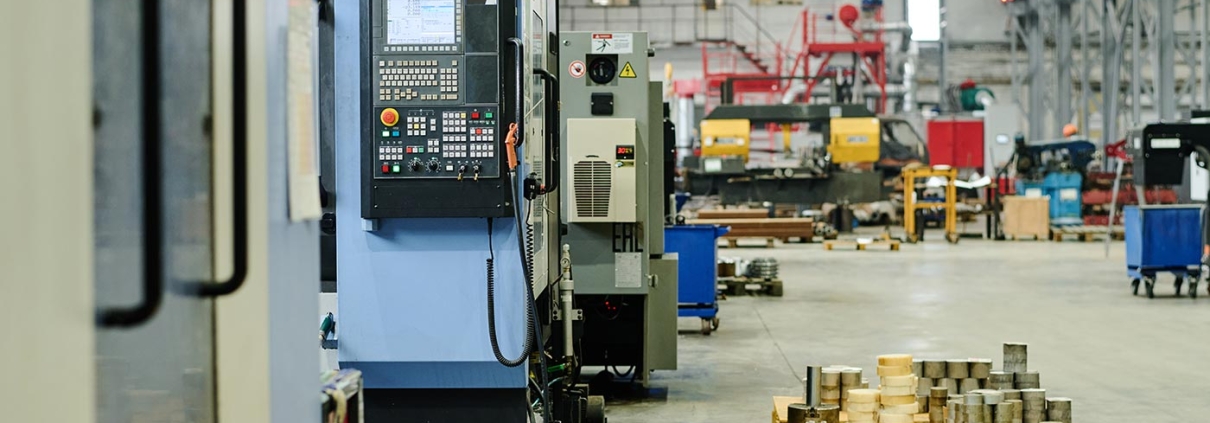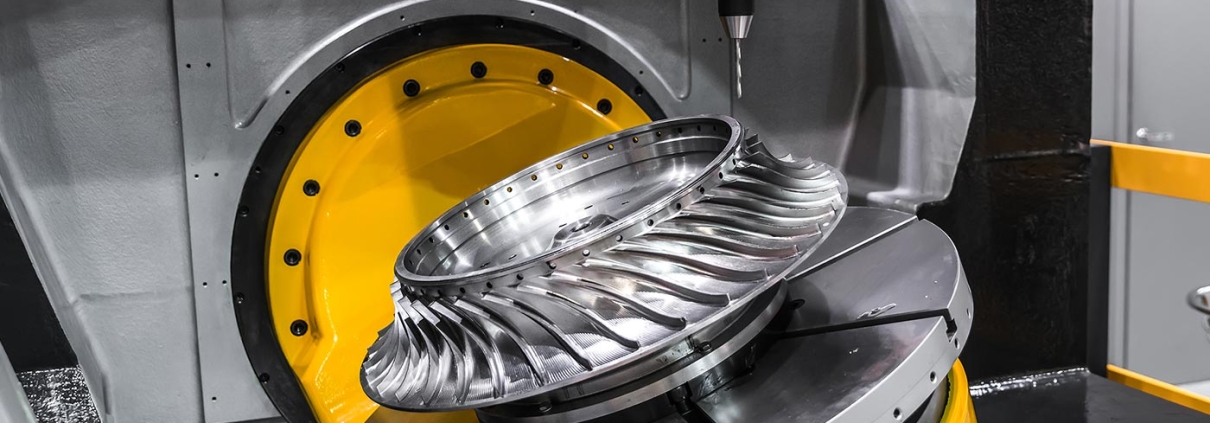Top CNC Machines for Small-Batch Production
Small-batch production often requires a balance of quality, cost-effectiveness, and flexibility. CNC machines are ideal for small-batch manufacturing as they provide precision and versatility, allowing for the efficient production of custom components and prototypes.
-
Desktop CNC Machines: For startups and small manufacturers, desktop CNC machines offer a cost-effective solution. These machines are compact, easy to use, and capable of producing high-quality parts without the large capital investment of industrial-grade machines.
-
Vertical Machining Centers (VMC): VMCs are ideal for small-batch production, offering a high degree of precision and versatility. They can handle a variety of materials and are suitable for making parts with intricate details.
-
CNC Lathes: CNC lathes are perfect for producing parts that require turning, such as shafts, rings, and other cylindrical shapes. They offer high precision and repeatability, making them a great choice for small-batch production runs.
For small-batch production, choosing the right CNC machine depends on the materials you’re working with, the complexity of the parts, and your desired turnaround time. With the right CNC technology, small manufacturers can compete with larger operations in terms of quality, precision, and efficiency.




